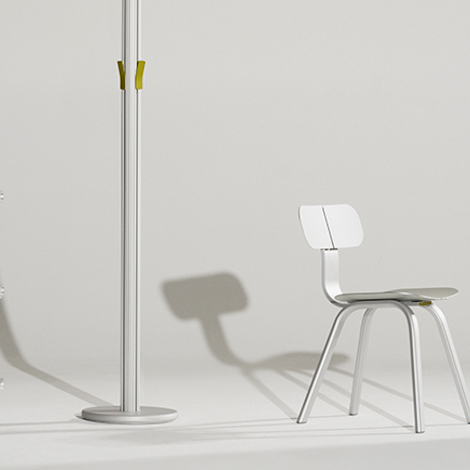5 trends for recycled aluminium
Recycled aluminium conserves resources and helps the environment. Yang Cao of Metal Bulletin Research talks about five trends related to recycled aluminium.
- No limits. “Aluminium is a highly recyclablemetal. With an accumulatedaluminium product inventorysince 1888 estimated at 600 millionmetrictons, the availability ofaluminium scrap is not a constraint.And producing recycled aluminiumrequires just 5 percent of theenergy required to produce theprimary metal.”
- Regional hubs. "Asia Pacific is the leadingmanufacturing hub for recycledaluminium, with 45 percent ofglobal production in 2013. Productionin Brazil, China and India israpidly increasing.”
- Major markets. “End-use sectors such astransportation, construction, packagingand steel production are themajor recycled aluminium markets.Total global recycled aluminium usageby end-use sectors will reach26.5 million metric tons by 2023.”
- Key drivers.“Used beverage can recyclingwill be a key factor in the usageand growth of recycled aluminium,as will awareness programs likethe American Action to AccelerateRecycling.”
- Key constraints.“Global availability ofaluminium scrap for domestic industries,particularly in some Westerncountries that are increasinglyexporting to Asia, is a worry. Scrapgrades that contain impurities alsopose problems.”
Recyclability in the circular economy
Recyclability also is a major part of the equation in the circular economy, as a factor thatneeds to be considered in the design phase, then evaluated in parallel with cost and performance.
You need to measure the overall impact of a product during its entire lifecycle. Like this: Lightweight composite material might make a car more fuel efficient, but it is less recyclable, so that calculation needs to be made.








